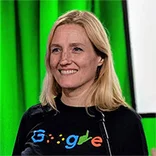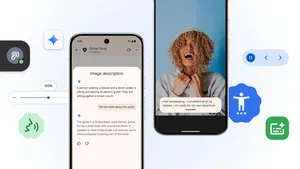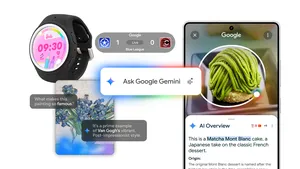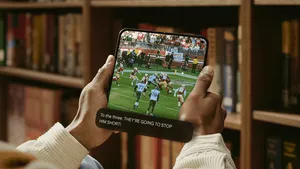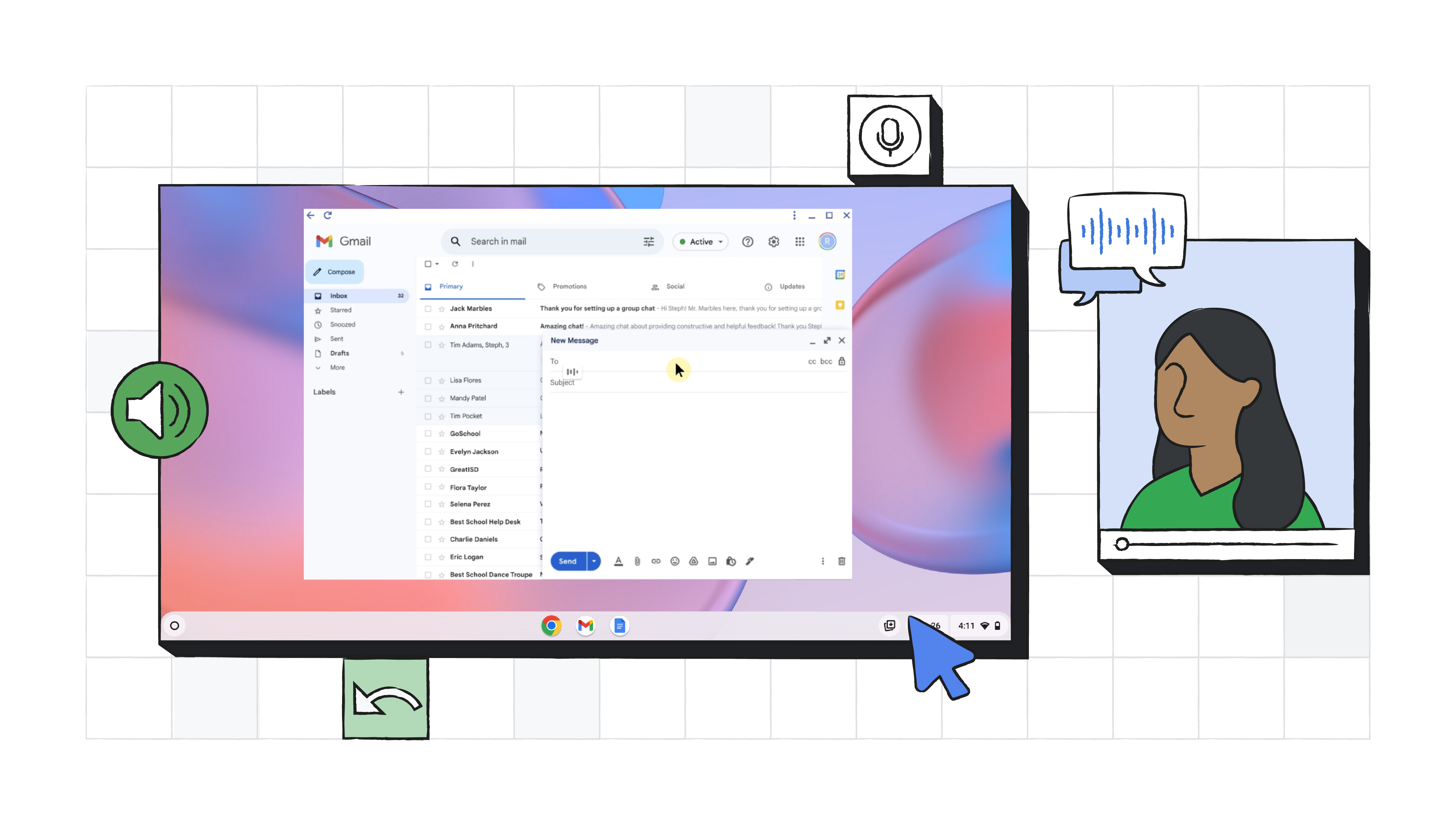Accessibility for the digital world and beyond
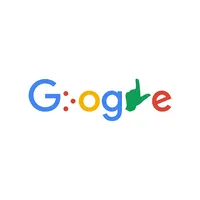
When I joined Google’s central Accessibility team in 2013, our mission was to make our products work better for everyone. That mission hasn’t changed, but our ambition has. We’ve always worked to make it easier for people with accessibility needs to navigate the digital world, whether it’s watching a YouTube video or reading a website. Today, we also want to help people navigate the physical world.
The start of National Disability Employment Awareness Month provides a moment to reflect on the journey we’re on and what lies ahead as we deliver on our commitment to create technology that has a positive impact. A clear example of how we’re thinking through our approach can be seen via two apps: Live Transcribe and Lookout.
Tale of two apps
The first version of Live Transcribe was built to take real-world speech and turn it into real-time captions using just the microphone on a phone. This app helps bridge the connection between people who are deaf and those who can hear.
A few months ago we went a step further to provide a visual indicator of sounds, like a dog barking nearby, someone knocking on their door or a speeding vehicle whizzing past them. This is important to those who may not be able to hear non-speech audio cues, providing more color or information to help understand what is going on around them.
The shift to the physical world however presents challenges that are not easy to control for. After all, we're trying to provide people with context for environments that aren’t easily understood or readily documented. This is the ambition behind Lookout, which aims to help the more than 250 million blind or visually impaired people in the world deal with the ever-changing environment we live in. The app gives auditory cues as people encounter objects, text and others around them. These spoken notifications are designed to be used with minimal interaction and provide useful information in any given environment, like if you’re standing near an elevator or what a nearby sign says.
The power of working together
As assistive technologies, both these apps were built using a combination of an “accessibility-first” design mentality coupled with advances in technologies, like AI. But in order to ensure these products meaningfully impact the lives of the more than 1 billion people in the world with a disability, we also had to collaborate with people and communities directly affected by disabilities.
Working together, we’re able to get real-time feedback that helps improve a product or feature and make sure we are on the right track. For Live Transcribe we worked closely with Gallaudet University, a world renowned university for deaf and hard-of-hearing students. They helped us design, test and validate that Live Transcribe met the needs of their community.
Similarly, with Lookout we relied on our Trusted Tester Program. Artist and teacher Maya Scott—along with other testers—used early prototypes to make sure it was truly beneficial for people who are blind or have low vision.
Future focus
Next on our roadmap is building technology that benefits people with cognitive disabilities—an umbrella term used to describe someone’s inability to sufficiently process information, use their memory, make decisions or learn. Circumstances can range from mild to profound, and the population of people who have cognitive disabilities is on the rise because as we age, our cognitive functions age with us.
We’re working to understand the needs of this community so that we can build the right products. An early signpost of the direction we’re headed can be seen with Project Diva. Lorenzo Cagglioni, a Googler in our Milan office, created this app to make the Assistant more accessible for his brother Giovanni, who is legally blind and deaf and has Downs and West Syndrome. Lorenzo has since joined the Accessibility team so he can scale his work to help others like Giovanni.
Like most accessibility advancements, these technologies will also benefit people without a disability—all the more reason that we should never assume that accessibility is someone else's problem. In the end, we’re all in this together.
